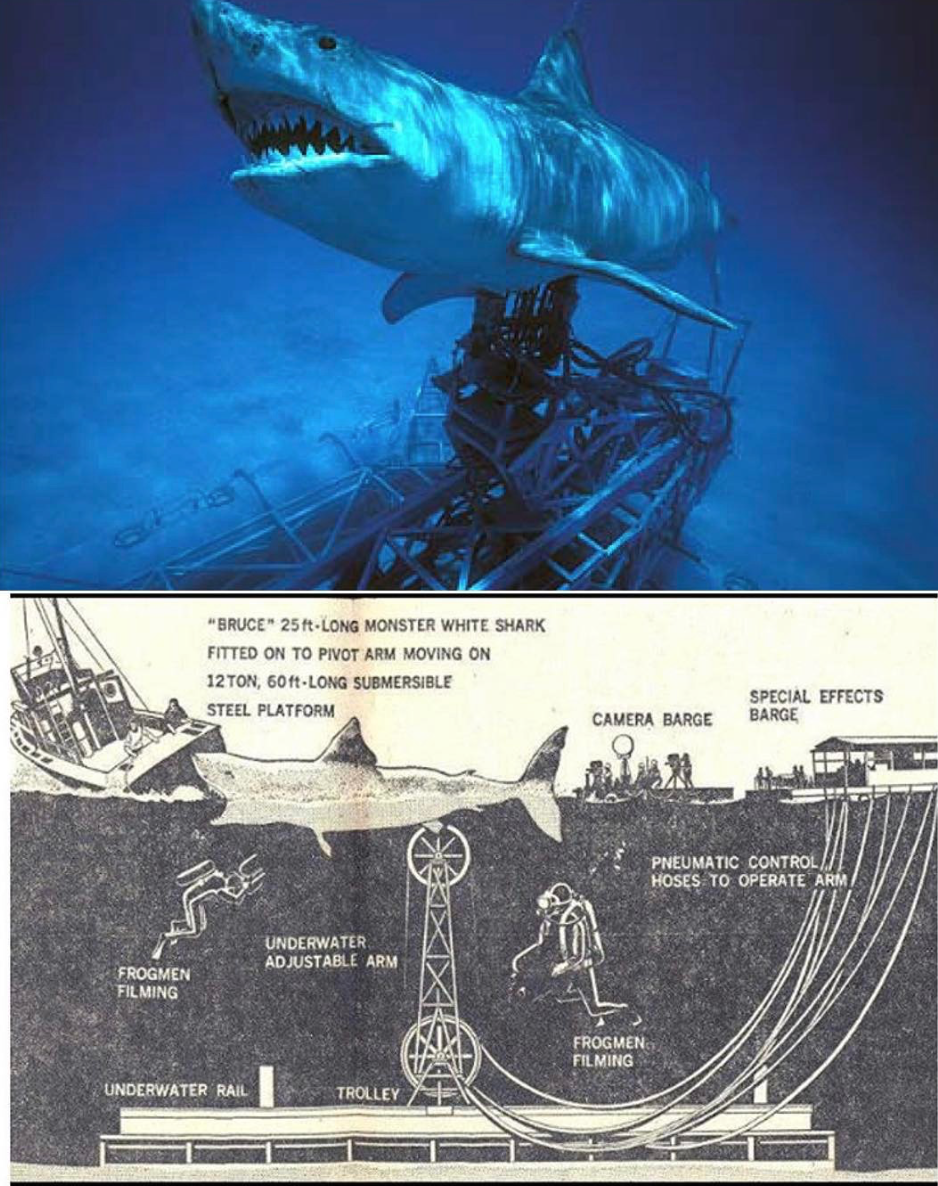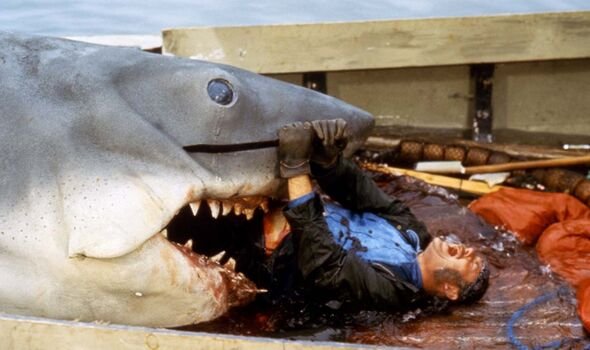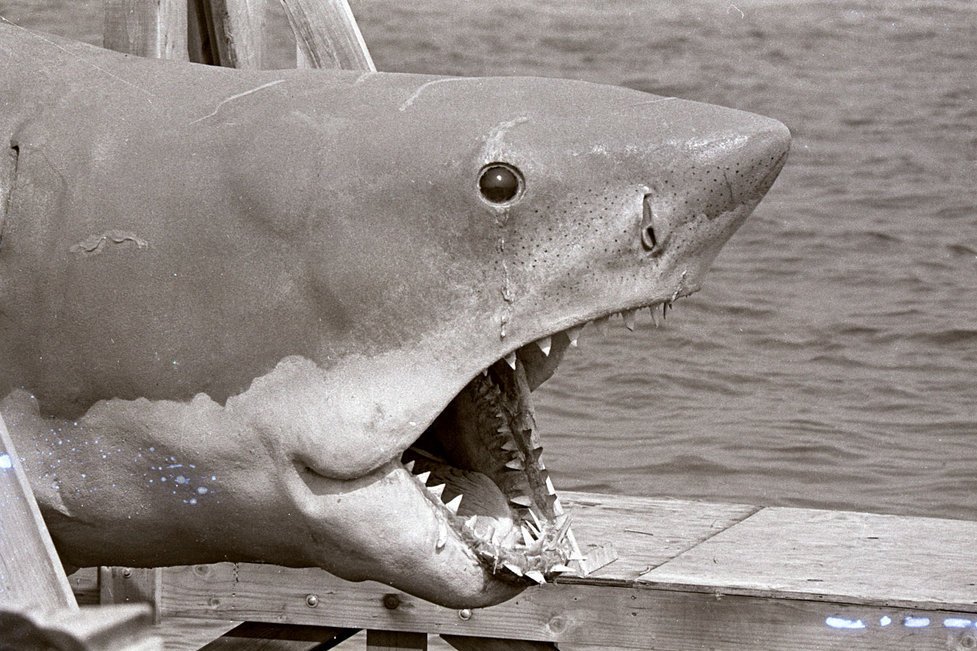10 Things You (Probably) Didn't Know About 'Bruce' The Shark From Jaws
It’s not about a shark. That’s what most movie officianados have come to realise since Jaws was unleashed back in 1975. However, the shark is all we are talking about today. Not the shark that Jaws director Steven Spielberg put in our minds for the first hour and twenty minutes of the film; rather the miracle of practical effect engineering. We’re talking about Bruce the shark (named after Spielberg’s lawyer Bruce Ramer). Here are ten other facts about the mechanical nightmare that you (probably) didn’t know.
1. Bruce Had Two Sets Of Teeth
For most of the on-screen action, the shark wore a hard set of teeth made of solid elastomer. However, the filming of Quint’s death required actor Robert Shaw (Quint) to be in Bruce’s jaws so a special soft set were made so not to harm the star (and stuntman).
2. The Last Bruce Shark Was Restored
A mould of the original Bruce shark (found hanging on display in a junkyard in California) was recently restored by SFX maestro Greg Nictotero. It is now on exhiited at the Academy Museum of Motion Pictures. Check out our exclusive interview with Greg during the museum’s gala opening.
3. Dedicated Transport
Bruce’s size and weight combined with the brutality of the open ocean made transporting him a mission in itself. A bespoke barge was built that was then towed to wherever the day’s shooting was happening.
3. Bruce Was Top Secret
The shark was supposed to be the movie’s big surpise so when photos of Bruce made the national press, the producers and director ordered he be kept under cover and out of sight as much as possible for the rest of the shoot.
4. Bruce The Shark, Meet Bruce The Shark
The great white shark's name in Finding Nemo (2003) is called Bruce. This is not a coincidence as the CGI star was named after his practical counterpart in Jaws.
5. Size Matters
The shark in Jaws is estimated by Quint to be 25 feet in length - you can tell by looking from the dorsal to the tale. Only female Great Whites reach a length of 20+ feet in reality, with males said to be 16-18 feet, making Bruce, who is said to be male, gigantic for one of his kind.
6. Bruce Started Life As A Dried Out Museum Specimen
Joe Alves designed the original concept using dehydrated shark specimens from museums and was told to go as big as possible.
7. Strike A Pose
Due to time and technological limitations, Bruce the shark’s head was designed to be in a constant 'attack pose’ (i.e. with his mouth wide open). This is in fact the opposite of how most sharks spend their time as they generally cruise with their mouth open just enough to allow water to pass through to help them breathe.
8. Weight Watching
At a whopping 25 feet long, Bruce would have weighed 4.9 tons in real life, higher than Quint's estimation of 3 tons.
9. Ready For His Close-Up
Like all movie stars, Bruce the shark had his own make-up artist. Roy Arbogast (Special Mechanical Effects) and his team was dedicated to keeping Bruce looking his best when the cameras were rolling. Roy did all the patch up work whenever Bruce got hit, banged or scuffed. Sometimes the scuff marks would reveal the rubber shark skin (hidden below a combination of paint and sand).
Richie Helmer gives Bruce the shark a touch up on the set of Jaws (1975)
10. Ian Shaw
Robert Shaw’s son Ian was on Martha’s Vineyard for part of the Jaws shoot. Like any five year old, he was super curious and excited by everything that was going on. That excitement culminated during an ecounter with Bruce the shark. Being kept under wraps and away from prying eyes, didn’t stop little Ian from getting a close look at his finned friend.
Ian would go on to co-write and star in a play about the making of Jaws called ‘The Shark Is Broken’ in which he pays his dad.
Words by Ross Williams
If you would like to write for The Daily Jaws, please visit our ‘work with us’ page
For all the latest Jaws, shark and shark movie news, follow The Daily Jaws on Instagram, Twitter and Facebook.











